operation zitadelle
GERMANY
Erich von Manstein
Günther von Kluge
Hermann Hoth
Werner Kempf
WaltherModel
SOVIET
GeorgiyZhukov
Konstantin Rokossovsky
Nikolai Vatutin
Ivan KoneV
EXPINATION
operation zitadelle was a german major offensive during the second great war on the easternfront. during this operation many german panzer was destroy by the tanks and troops soviet union. the german offensive was targeted on kursk. a few milles from moscow , capital city of the soviet union. the german sends 2.928 tanks , 912,460 soldiers. during this battle germans send many of the tigers , stugiii and more armored car. lead by the greatest german general , erich von manstein. but the german lost the offensive because they lose of number. after this battle , germans never had enough to pay the cassualities on this battle.
BACKGROUND
after this battle the soviet red army lauch major offensive to the berlin operation bagration. and The Battle of Kursk was the first time a German strategic offensive had been halted before it could break through enemy defences and penetrate to its strategic depths. Though the Soviet Army had succeeded in winter offensives previously, their counter-offensives following the German attack were their first successful strategic summer offensives of the war. As the Battle of Stalingrad slowly ground to its conclusion, the Soviet army moved to a general offensive in the south, pressuring the depleted German forces. Hitler’s belief that his own iron will would be the deciding factor in the conflict resulted in German forces being tied down in a rigid defence that did not permit them the liberty to move. Since December, Manstein had been strongly requesting “unrestricted operational freedom” to allow him to use the forces in a fluid manner, a request which put him at odds with Hitler. Time and again Hitler’s policy of holding at all costs resulted in forces being left until their position was untenable, and they were being cut off and destroyed. By January 1943, a 160 to 300 km (99 to 186 mi) wide gap had been created between Army Group B and Army Group Don. The advancing Soviet armies threatened to cut off all German forces south of the Don River, including Army Group A operating in the Caucasus.
Meanwhile, Army Group Centre was under significant pressure as well. Kursk fell to the Soviets on 8 February, and Rostov on the 14th.The Soviet Bryansk and Western Fronts, along with the newly created Central Front, prepared for an offensive which envisioned an encirclement of Army Group Centre extending between Bryansk and Smolensk.
On 12 February, the remaining German forces were reorganized. To the south, Army Group Don was renamed Army Group South and its units placed under the command of Field Marshal Erich von Manstein. Directly to the north Army Group B was dissolved, and its forces and areas of responsibility were divided between Army Group South and Army Group Centre. With this restructuring von Manstein inherited responsibility for the massive breach in the German lines. January 1943 saw the arrival of the II SS Panzer Corps from France, refitted and up to near full strength. Other armoured units from the 1st Panzer Army, part of Army Group A, which had slipped out of the trap of the Caucasus, further strengthened von Manstein’s hand.
By February the Wehrmacht was in danger of a general collapse. On 18 February, Adolf Hitler arrived at Army Group South headquarters, at Zaporizhia, hours before Kharkov was liberated by the Soviets. Hitler’s distrust of the officers of the General Staff, and of von Manstein in particular, put him at odds with the high command of the Wehrmacht. Though Hitler desired to relieve von Manstein and saddle him with the blame for Stalingrad and subsequent battles,he soon realized he could ill afford to lose the man largely regarded as the most capable commander in the army. Instead, Hitler grudgingly gave him the freedom he had requested.
GERMAN PLANS AND PREPRATION
Heavy losses sustained by the German military in the winters of 1941/42 and 1942/43 resulted in a marked shortage in artillery and infantry. Units along the Eastern Front were 470,000 men below their establishment. For the Germans to undertake an offensive in 1943, the burden would have to be carried by the panzer arm. In view of the exposed position of Army Group South, von Manstein proposed that his forces should take the strategic defensive. He anticipated that a Soviet offensive would attempt to cut off and destroy Army Group South by a move across the Donetz River toward the Dnieper. In February, he proposed waiting for this offensive to develop and then deliver a series of counterattacks into the exposed Soviet flanks.Hitler, concerned about potential political implications of taking a defensive stance and preoccupied with the economic potential of holding the Donetz basin, rejected this plan.On 10 March, von Manstein presented Hitler with an alternative plan whereby the German forces pinched off the Kursk salient with an offensive commencing as soon as the spring rasputitsa had subsided. On 13 March, Hitler signed Operational Order No. 5, which outlined the intended launch of several offensives, including one against the Kursk salient. As the last Soviet resistance in Kharkov was reduced, von Manstein attempted to persuade Günther von Kluge of Army Group Centre to immediately attack the Central Front, which was defending the northern face of the salient, to keep the Soviets off balance and maintain the momentum. Von Kluge refused, noting that his forces were too weak to launch such an attack. Von Manstein’s SS Panzer Corps pushed on northwards and took Belgorod on 18 March, but further advances were blocked by Soviet forces that had been shifted down from the Central Front to an area north of Belgorod. By mid-April, amid poor weather and with the German forces exhausted and in need of refitting, the offensives of Operational Order No. 5 could not be undertaken.
Hitler’s Operational Order No. 6, issued 15 April, called for the Kursk offensive operation to begin on 3 May or shortly thereafter. Kurt Zeitzler, the OKH Chief of Staff, provided the logistical planning for the operation. Zeitzler was a resourceful organizer of strategic moves, and had an exceptional capacity to solve movement problems. For the plan to succeed it was deemed essential to attack before the Soviets had a chance to prepare extensive defenses or launch an offensive of their own. The plan was codenamed Operation Citadel. According to some military historians, the operation envisioned a blitzkrieg attack. Others state that the operational planning marked a change in German offensive thinking away from blitzkrieg. Some military historians and the German participants who wrote about it after the war, including von Manstein, make no mention of blitzkrieg in their characterization of the operation.
The plan for the operation consisted of a double envelopment that was directed at Kursk to surround the majority of the Soviet defenders and seal off the salient. Von Kluge’s Army Group Centre was to provide General Walter Model’s 9th Army to form the northern pincer. It would cut through the northern face of the salient, driving south to the hills east of Kursk, securing the rail line from Soviet attack. Von Manstein’s Army Group South would commit the 4th Panzer Army, under Hermann Hoth, and Army Detachment Kempf, under Werner Kempf, to penetrate the southern face of the salient. This force would drive north to meet 9th Army east of Kursk. Von Mainstein’s main attack was to be delivered by Hoth’s 4th Panzer Army, spearheaded by the II SS Panzer Corps under the command of Paul Hausser. The XLVIII Panzer Corps, commanded by Otto von Knobelsdorff, would advance on the left flank of the Waffen SS troops while Army Detachment “Kempf” would advance on the right. The western face of the salient was to be controlled by the 2nd Army, under the command of Walter Weiss.
created by : genta arya
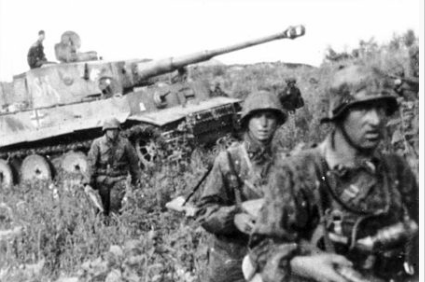
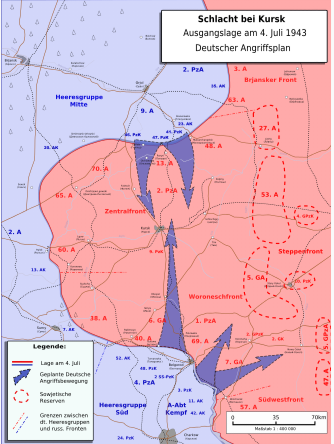
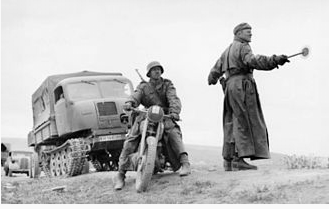
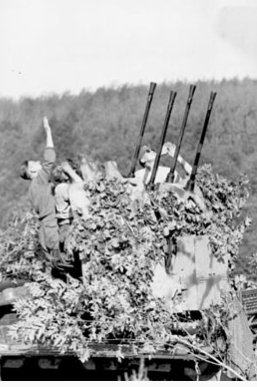

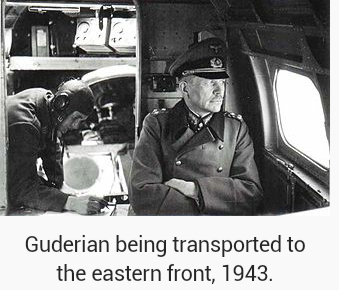
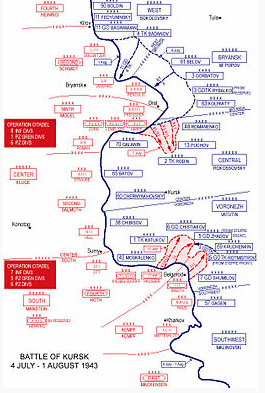
Recent Comments